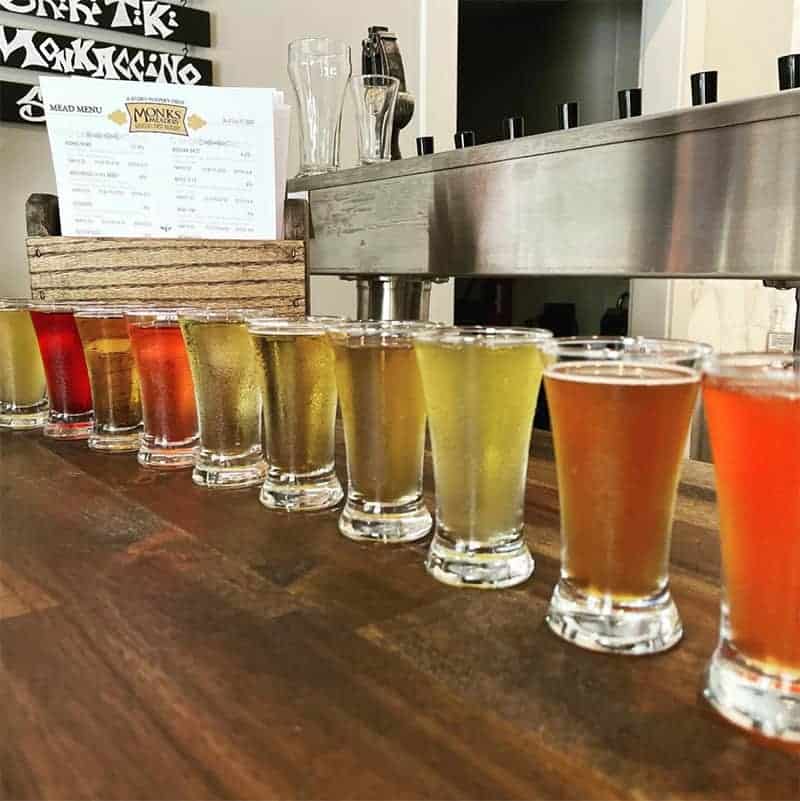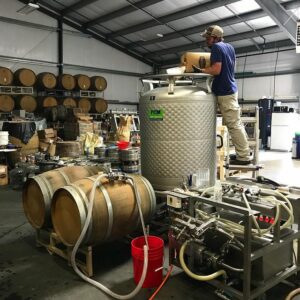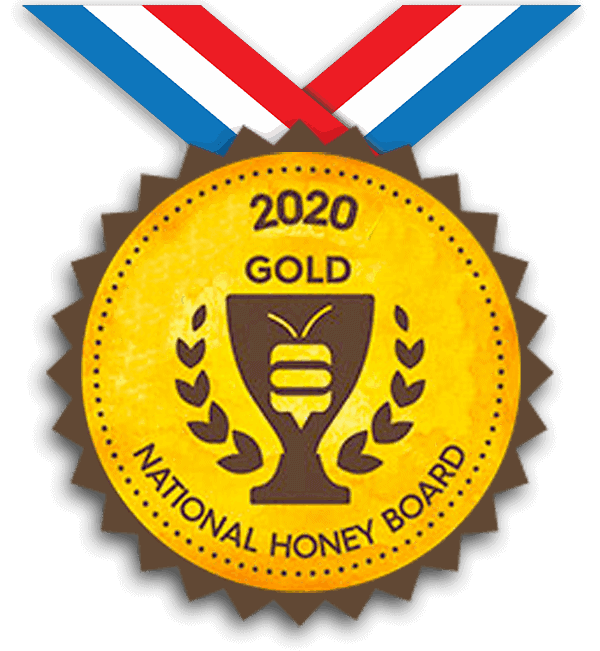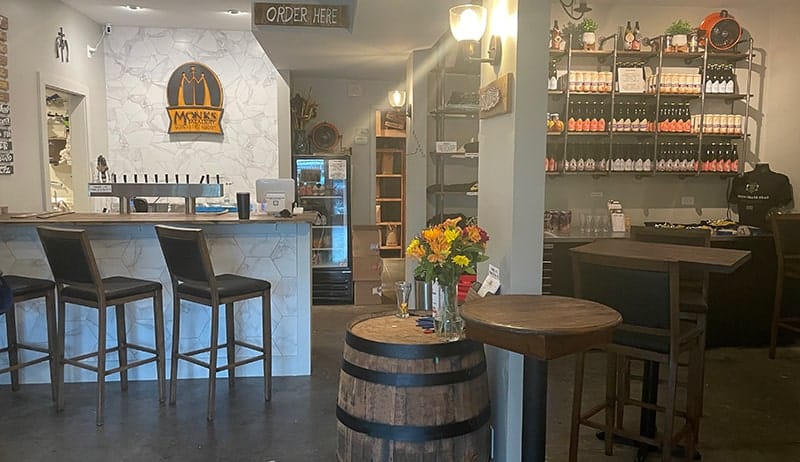Wondering “what is mead,” if you’re not an enthusiast of the ancient beverage or a frequent renaissance fair attendee, is very common. Most of us are only familiar with the mainstream drinks clique, like beer, wine, and mixed beverages, that mead isn’t a part of. At least not yet.
What is Mead?
Mead is a delicious alcoholic beverage made out of fermented honey. Currently, it is commonly thought of as “honey wine” or “honey beer,” but mead is actually neither. Instead, it falls into its own category of alcohol called mead.
Alcohol is classified into fermented and distilled beverages. Fermented alcohol, such as beer, wine, mead, and cider, is further categorized and named based on its starting ingredient. Grapes give you wine, therefore alcohol made out of grapes is wine. Grain gives you beer, therefore alcohol made out of grains is beer.
Honey falls into neither of those categories. Just like cider is not “apple wine,” or “apple beer,” but is a stand-alone alcohol made out of fermented apples. Mead is a stand-alone category of fermented alcoholic beverages made out of honey.
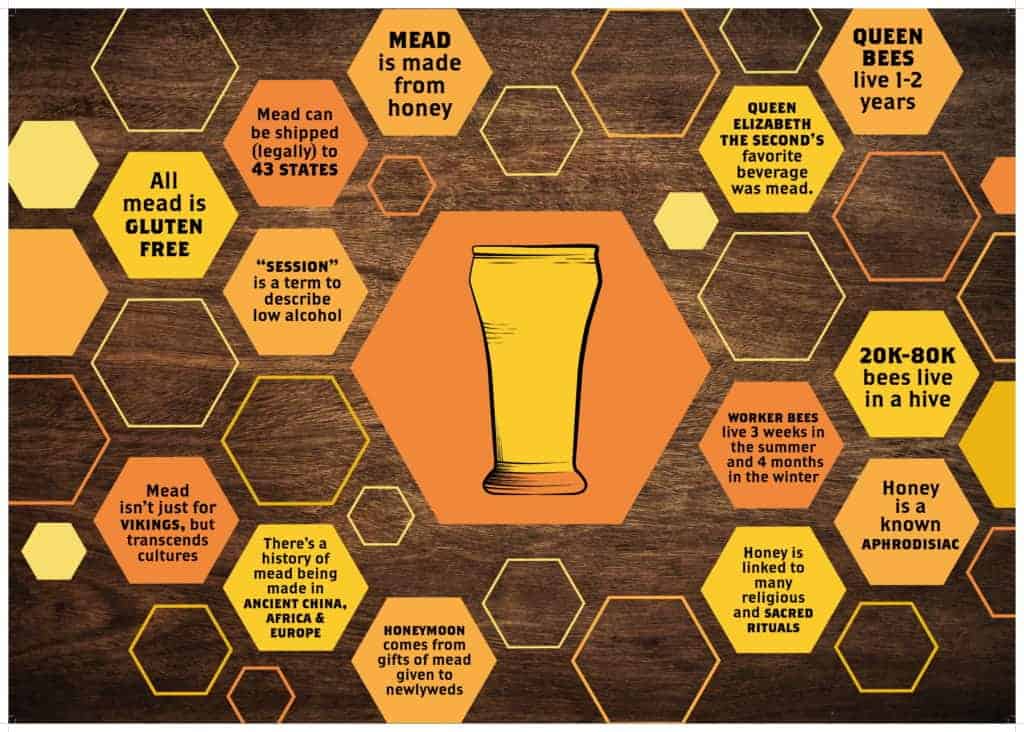
Why is Mead Confused with Honey Wine and Honey Beer?
The confusion behind “what is mead” is completely understandable. After all the beverage is usually sold still in wine bottles or carbonated in aluminum cans. Both instantly make you think of wine and beer. Additionally, the U.S. government classifies mead under “other fermented beverages” that are “not classified as beer from malt, [or] wine from grapes,” but still clusters meadery licenses with winery licenses. This beverage has a long way to go.
So how could you know any better? You’ve probably never heard of a meadery before. And if someone did mention that they checked out a meadery, you might have mistakenly heard that they checked out a “meatery,” wrote it off as odd, and moved on with your day without questioning why your vegetarian friends are going to “meateries.”
Is Mead New?
So what is this new “meat” you speak of? Oh no, it’s “mead,” not “meat.” And this alcoholic beverage isn’t new at all. It’s so old that you may hear it being referred to as “the nectar of the gods.” Mead existed before wine and was commonly drunk out of drinking horns by Vikings. That’s also why you probably tried mead at a renaissance fair. It’s an on-brand placement for the beverage.
It is possible that mead was the first existing alcohol. The owner of Monks Meadery, Justin Schoendorf, says that the reason we are just now hearing about this drink is because of sugar’s rise in popularity. In comparison to the jar of honey we’ve had in our kitchens for over a year, we are constantly using and replacing sugar. And with the drop in demand for honey, the once-popular beverage was forgotten.
Why is Mead Emerging Now?
Perhaps now we are seeing mead follow the “craftbrewing” trend, or as Thrillist puts it, mead “is finally becoming cool.” In fact, according to Thrillist, the number of new meaderies in the United States increased by over 300% in the last 10 years and the American Mead Makers Association (AMMA) reported seeing “an industry-wide jump similar to one from homebrewing to craftbrewing.”
There’s a reason that mead is not far behind craft beer. Both beer and mead were born out of experimentation. Every beer homebrewing book has a mead recipe in the back. When beer made a jump from market shelves to basements and reemerged as craft beer, homebrewers started experimenting with mead. Craft beer grew to a commercial level of brewing, and mead became a home-brewed, experimental beverage.
Sound familiar? Some of your friends probably make their own mead at home. Monks Mead was born in our owner’s basement. And even Dylan Sprouse, from The Suite Life of Zack & Cody, started his All-Wise Meadery in college out of passion for brewing.

How is Mead Made?
There is also a reason behind the increased interest in brewing mead, compared to making wine and beer, it seems like a much simpler process – at least on paper. In reality, of course, the process of making a perfect mead requires lots of trial and error to get the perfect conditions. But that’s not different in winemaking or beer brewing either.
When making wine, the grapes are usually harvested by the winery and then crushed. Depending on the kind of wine being made, the resulting grape juice is either filtered immediately or left to macerate. White wines are usually filtered immediately and then fermented. Red wines are left to macerate to attain their color and filtered after fermentation. Of course, wines are then aged and bottled and sometimes left to “rest” again after bottling.
When brewing beer, first, the grain kernel is tricked into sprouting in a process called malting. The malt, still a solid substance is seeped in warm water, like tea, to extract the sugar content. Then, the sugary liquid is separated from the kernel solids and boiled. Finally, yeast is added to ferment the liquid into alcohol.
In mead-making, beekeeping is itself a job, and mead makers usually source honey locally. Being a viscous substance, honey requires some, but minimal, preparation. It is diluted to increase manageability, and, in commercial operations, boiled for sanitation. After that, it is fermented and bottled.
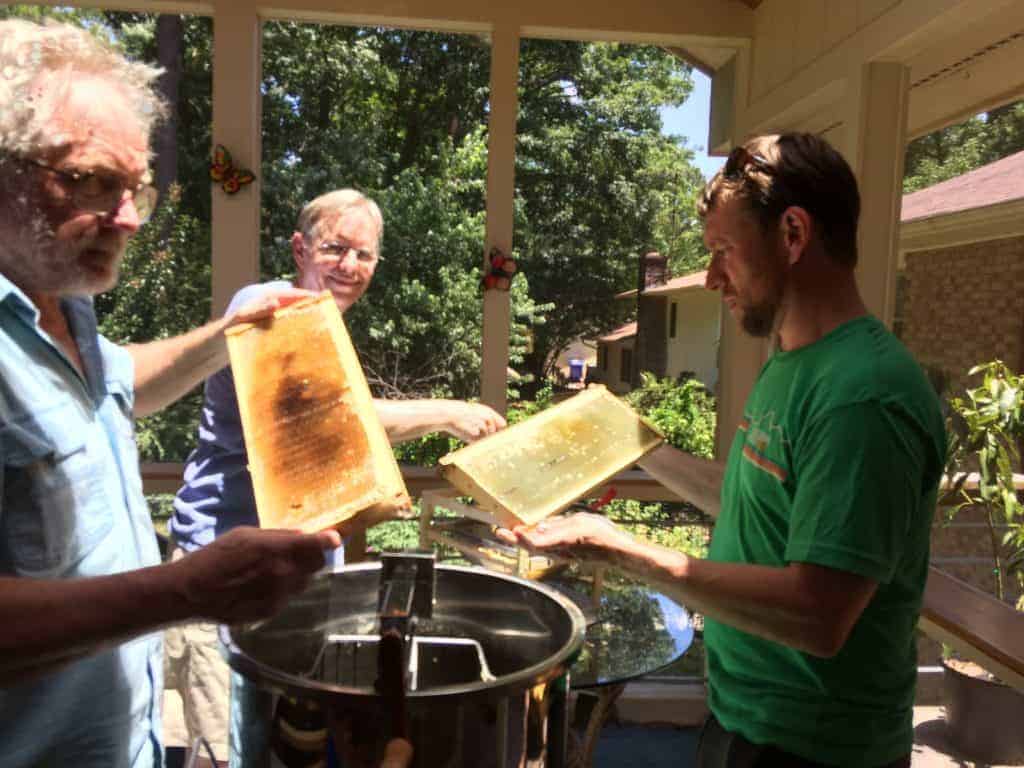
How Does Mead Taste?
Your first sip of mead may be described as “honey wine” if the mead is still or “honey beer” if the mead is carbonated. But regardless of carbonation, mead has its own unique, underlying honey flavor that will be noticed in the following sips. Most importantly though, honey is extremely versatile when it comes to flavoring and in Justin’s words, “it acts as a blank canvas.” That’s why you’ll find that most meads on the market are flavored.
Carbonation and flavoring agents is how Justin created a unique-tasting alcohol that wasn’t available in the commercial market. Meads vary in taste, style, and alcohol content. Monks Mead is carbonated, flavorful, usually boozy, yet always light and crisp regardless of the ABV percentage. Our original Monks Mead is 12%, but you wouldn’t know unless we told you. Sriki Tiki is our tropical mead you could sip endlessly, but we only recommend two. Pink by Bacchus will replace your White Claw for all-day summer sips by the pool. Justin even modeled the Stigmata after wine, and Abstinence after the Belgian Tripel.
How to Finally Try Mead?
The only way to get the thought of “what is mead” out of your mind, is find your “honey wine. ” (Or your “honey beer.”) You can find Monks Mead in our Atlanta tasting room, 100+ retail and restaurant locations in Georgia, most of Atlanta Beer and Wine Festivals or shipped to one of 42 states. And although we think Monks Mead is the best, we won’t discourage you from finding your nearest meadery on Google Maps.
 TRIPLE WINNER at the MEAD CRAFTERS COMPETITION
TRIPLE WINNER at the MEAD CRAFTERS COMPETITION 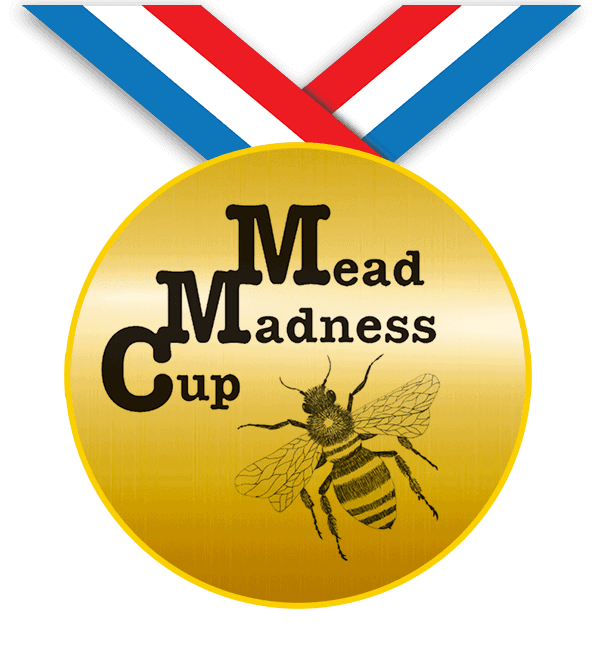 The FIRST AMERICAN MEADERY to MEDAL at the MEAD MADNESS CUP
The FIRST AMERICAN MEADERY to MEDAL at the MEAD MADNESS CUP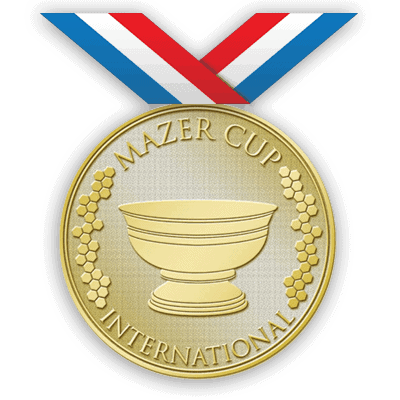 MAZER CUP AWARD WINNER: TRY OUR AWARD-WINNING MEADS!
MAZER CUP AWARD WINNER: TRY OUR AWARD-WINNING MEADS!